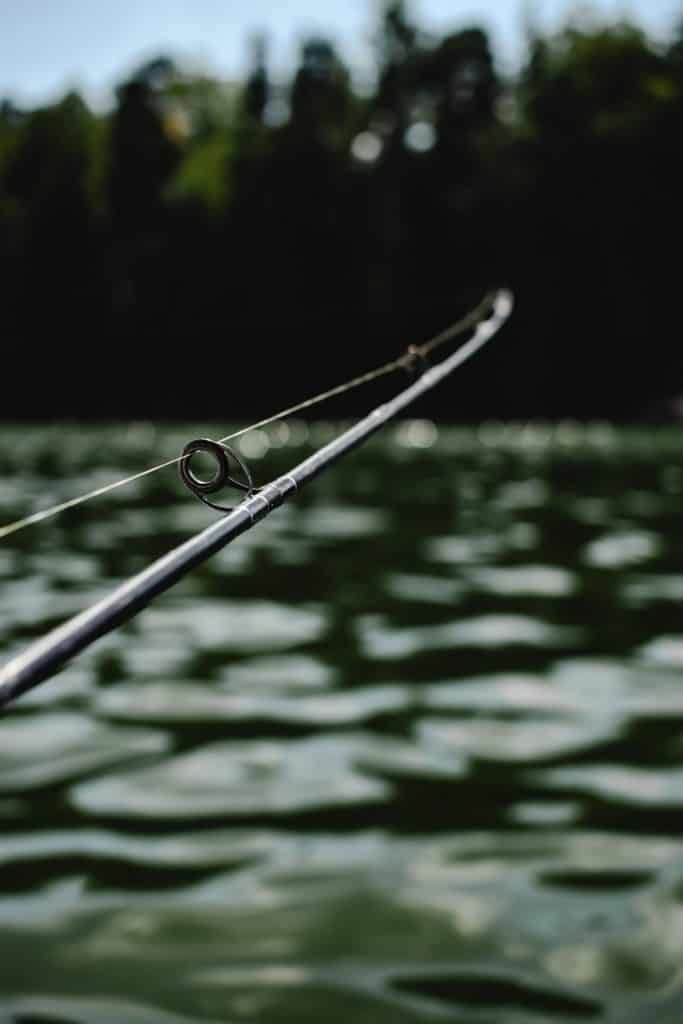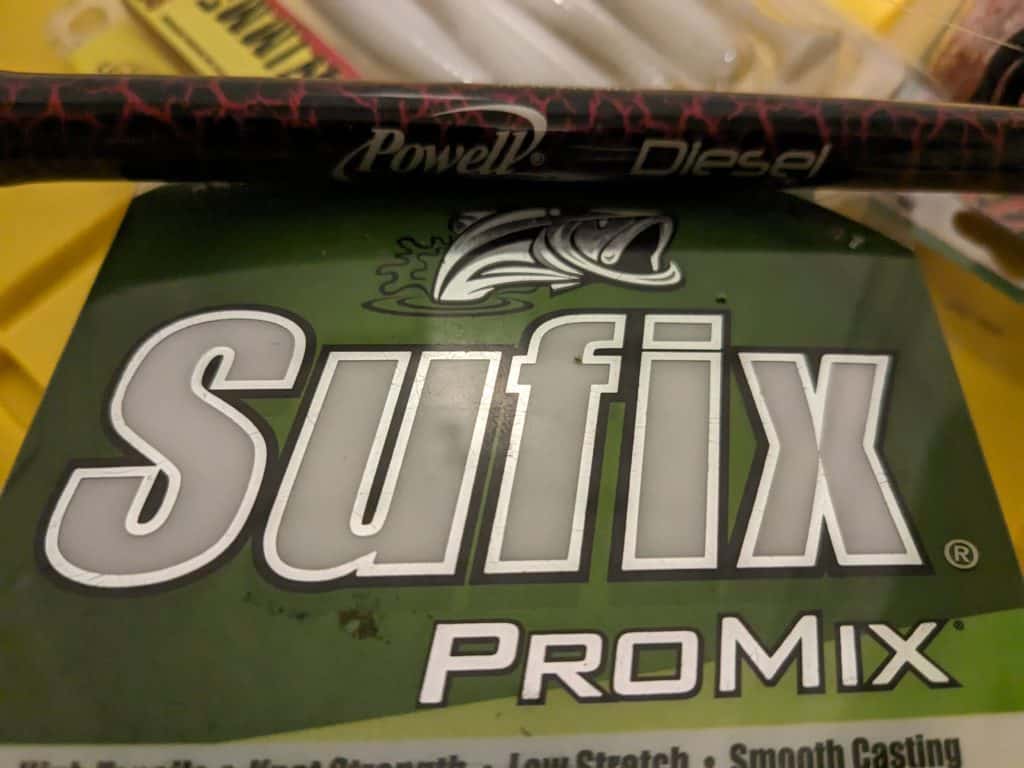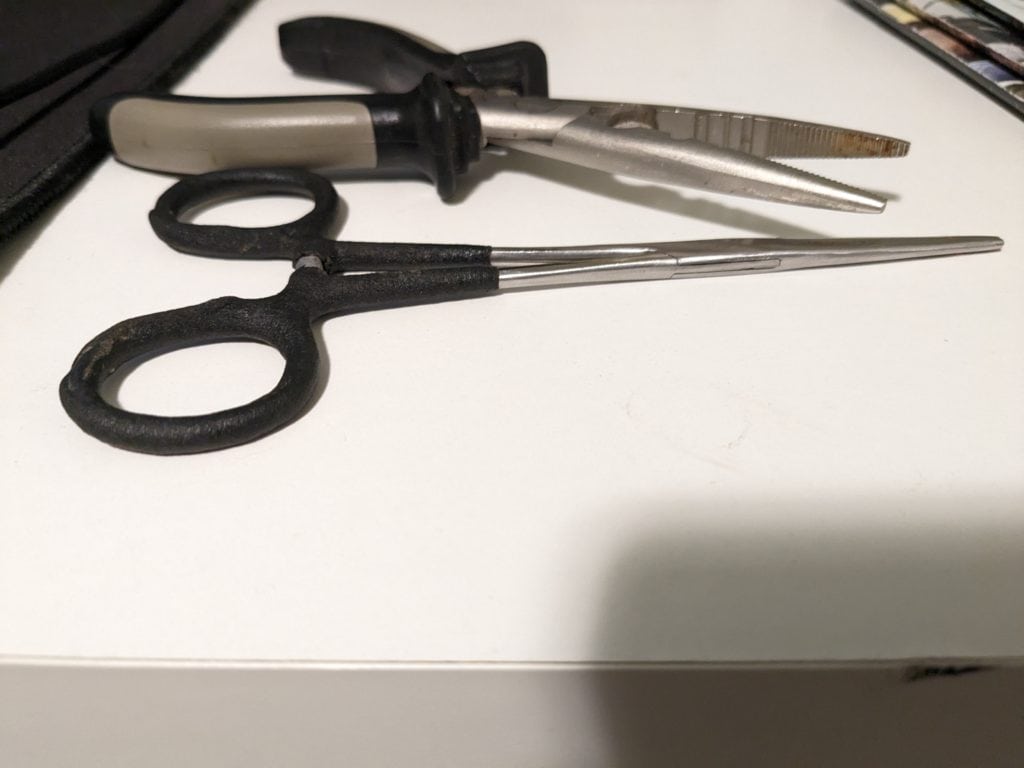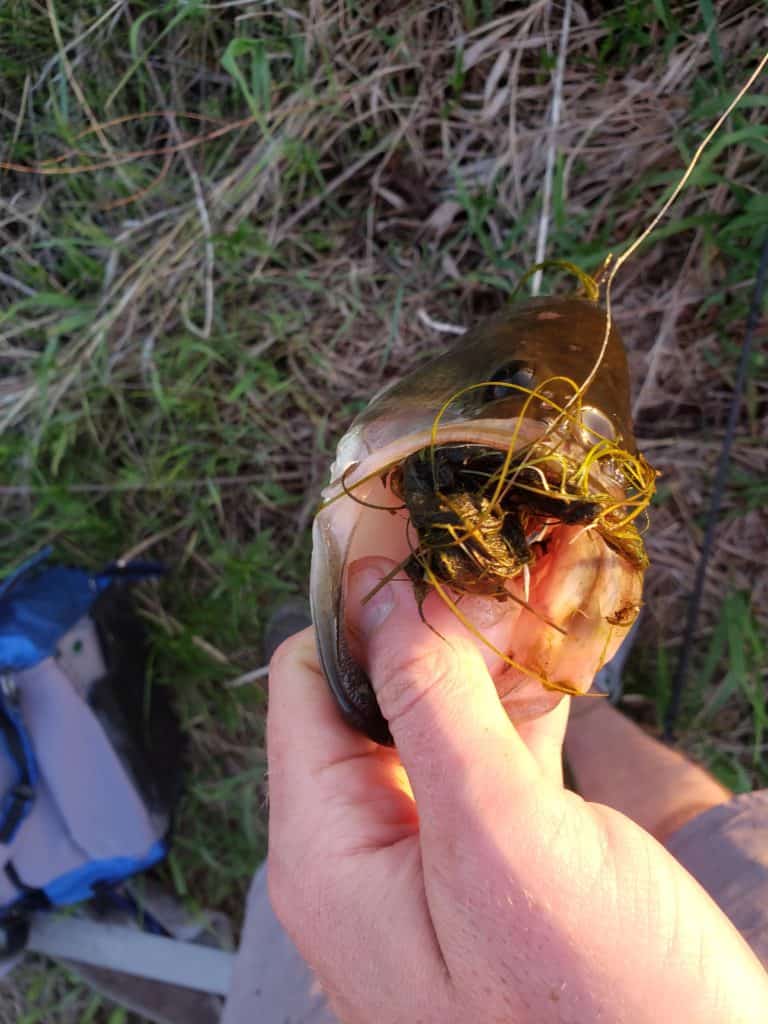Bass fishing is more than a hobby; it’s a passion. As anglers, we thrive on the rush of feeling a bass hit our line and the battle that ensues. Yet, amidst all the excitement, it is bound to happen to any bass angler, the dreaded gut hook. Gut hooking, where the fish swallows the hook so deeply that it becomes lodged in its stomach or throat, can be deadly for the fish and is a situation every angler wants to avoid. But fear not! Here’s an extended guide to ensure you’re fishing responsibly and avoiding gut hooking that big bass.
Table of Contents
1. Keep Your Line Tight

Slack in the line is one of the primary culprits of gut hooking. When using baits like the ever-popular Senko, always ensure your line is tight. But how do you ensure this? First, keep a slight bend in your rod tip; it will allow you to feel subtle bites. Second, periodically reel in slack, especially when the bait is sinking or when the wind is playing tricks on your line. Remember, the quicker you can respond to a bite, the better the chances of lip-hooking the fish.
Another tip to avoid gut hooking fish when fishing several finesse tactics like a wacky rig or dropshot is to hold the line between your fingers. Often, this will be one of your first indicators on when a fish is biting, and on the windy days, can make a huge difference. This will also allow you to keep your line tighter, as you will be more connected with your fishing rod.
Admittedly, on windy days it is almost impossible to keep your line tight, especially when fishing lighter lures. For this reason I often stick to moving baits that take out line slack out of the fishing equation. To me, it is a much more pleasant experience when I know when I am getting bit instantly and am reducing the likelihood of foul hooking fish.
2. Pay Attention to Your Line
Fishing, especially with artificial lures, is as much about observation as it is about technique. Watch your line like a hawk. If you notice sudden movement, a change in the line’s angle, or unexpected slack, these might indicate a bass has taken your lure. By detecting these changes quickly, you can react promptly, reducing the likelihood of the fish swallowing the hook.
This is one of the biggest mistakes that bass anglers make, myself included. It is often so easy to focus on everything else besides the tip of your rod and a slight bump of the line. You look at the water, neighboring boats, fish jumping, and countless other things going on. However, if you consistently watch your line while bass fishing you will tend to gut hook less fish, which is a huge bonus for both you and the fishery.
This is why a lot of serious anglers like to use a high-vis braid to leader setup. With a brightly colored braided line, it makes watching your fishing line that much easier. It is also a bonus due to braid being super sensitive, which will also allow for less scenarios of gut hooking bass. If you are looking for several line alternatives for all of your fishing setups and applications, check out this article I created on some very budget friendly options that will help you get more bites.
To put it in practice, I often lift the rod tip up high frequently to make sure I am not missing that subtle bite. If I notice that my line is doing something out of the ordinary, I will attempt a hook set, regardless if I am positive or not there is a biting bass on the other end of the line. You would be surprised how often you actually have a bite, and more than likely, a non-gut hooked largemouth.
3. Set the Hook Earlier
We all love that moment when we feel a solid tug, indicating a big bass at the end of the line. But waiting for a strong pull can increase the chances of gut hooking. With artificial lures, try to set the hook as soon as you feel or see any indication of a bite. Timing is everything. Don’t jerk too hard, but ensure it’s firm enough to set the hook properly. The new trend is to set the hook like you are Barry Bonds cracking a homerun, and very rarely is that necessary.
Once you feel the bite, get a good firm hookset on the bass. For lighter baits and finesse fishing, it often only requires slightly lifting the rod and reeling into the fish. For heavier baits or fishing applications like flipping and pitching into thick grass, feel free to put more muscle into it. But remember, letting the fish have the bait in it’s mouth for an extended period of time leads to gut hooked fish. If you are more than positive, and even when you aren’t, set the hook.
Worst case scenario? You snag a log, lose a lure, or look goofy for not hooking into a largemouth. Best case scenario? You look like a genius and land the fish as ethically as possible, and save yourself time to not be dealing with a bloody or beat up fish.
4. Use a More Sensitive Rod and Line

Your choice of gear plays a crucial role. A more sensitive rod will allow you to detect even the faintest of bites, ensuring timely hook sets. Braided lines, for instance, have almost zero stretch and can transmit bites efficiently. Combine this with a higher-quality bass rod, and you’ll be feeling even the lightest nibbles.
It may seem like common sense, but if you are using old beat line and an a big hand me down catfish rod for bass, you are bound to miss a lot of bites and sensitivity, which will lead to more foul hooked largemouth and smallmouth. Having technique specific rods and line for your fishing applications will make your life infinitely easier, and allow you to gut hook less fish. Seems like a win to me!
Remember, a sensitive rod means quality, but quality doesn’t always mean expensive. If you are coming up short on what new bass fishing setups you can buy but don’t cost a fortune, check out this article on some of the best bass fishing setups on a budget (in my humble opinion).
5. Change Your Hooks
Technology and innovation haven’t left fishing hooks behind. There’s now a wide array of hooks designed to reduce gut hooking. Circle hooks and wacky rig hooks, particularly, are engineered to catch the fish’s lip and can be nice to substitute for certain presentations. Their unique shape ensures that they turn as they’re swallowed, usually resulting in a lip hook rather than a gut hook.
Sometimes, downsizing or upsizing your bait or hook is the key to gut hooking less bass. If you notice that the fish are biting a particular bait that day and almost always swallowing it, changing your hooks can lead to a more ethical catch rate.
For better or worse, the world of bass fishing consists of using primarily barbed hooks and trebled lures, which can increase the rate of making a gut hooked fish’s survival rate decrease. To copy many trout fisheries, there is no shame in using barbless hooks or pinching the barb down, as this can provide a reasonable solution to mitigating foul hooked fish that leave a bloody mess on the bank or boat.
6. Learn How to Unhook Fish Properly

Even the most experienced anglers might occasionally hook a bass deeper than intended. In these instances, knowing how to unhook the fish is vital. Always bring a pair of needle-nose pliers with you, or even better hemostats. If you have gut hooked a bass, or any fish for that matter, you can go through the gills delicately. A step-by-step guide is found below:
- Calm the Bass: Gently lay the bass on its side, either in a net or on a soft, wet surface. Wetting your hands before handling the fish can minimize damage to its slime coat. Once you catch on to this method or if the fish is calm, you can easily do this while holding the bass with your thumb.
- Open the Gill Cover: On the side of the bass opposite to where the hook has penetrated, gently lift the gill cover without touching the red gill filaments.
- Locate the Hook: Look through the gill opening and locate the hook. This will give you an idea of how it’s positioned and how it needs to be moved to be freed.
- Use Long Nose Pliers or Hemostats: For a deeper hook or one that’s difficult to reach with fingers, use a tool. Make sure to control the tool’s movement to avoid damaging the gills.
- Unhook: Once you’ve got a clear view and can reach the hook, gently push, twist, or turn the hook to free it from the fish’s mouth. Depending on the situation, it may be easier to push the hook further through, cut the barb off, then pull the hook out in the opposite direction. Think of flipping the eye of the hook towards the bass, this will enable the hook to often pop out of the fish’s gullet with little to no damage if done properly.
- Avoid Gill Filaments: It’s crucial not to touch or damage the red gill filaments as these are essential for the fish’s respiration. Damaging them can be fatal for the fish.
- Assess for Injuries: After removing the hook, check the fish for any injuries. If there’s bleeding, hold the fish upright in the water, allowing water to flow through its gills until it stops.
- Release the Bass: Hold the fish gently in the water, facing upstream in a current or gently moving it back and forth in still waters until it shows signs of recovery and can swim away on its own.
- Consider Barbless Hooks: If you practice catch and release, consider using barbless hooks or crushing the barbs on your hooks. This makes unhooking faster and reduces injury to the fish.
For more visual learners, check out this video by TacticalBassin’ to figure out how to properly do it.
If the hook is too deep, instead of tugging it out and causing potential damage, it might be better to cut the line as close to the hook as possible. Most hooks will eventually rust out or be rejected by the fish’s body. While not ideal, this can be an alternate method than killing the fish.
In essence, the key to avoiding gut hooking bass lies in a blend of vigilance, the right equipment, and a gentle touch. Fishing is as much about respecting the fish as it is about the thrill of the catch. By adopting these strategies, you’ll ensure you’re doing your part in preserving the beautiful sport of bass fishing for generations to come.
Need some other relevant tips on how to elevate your bass fishing game? Check out the articles below:
- 7 Tips When You Are Struggling to Catch Bass
- Top Bass Fishing Mistakes
- How to Know if a Pond Has Bass
Tight lines!
Dawson
